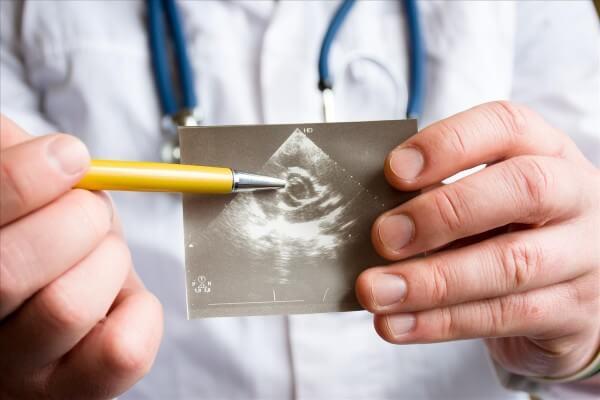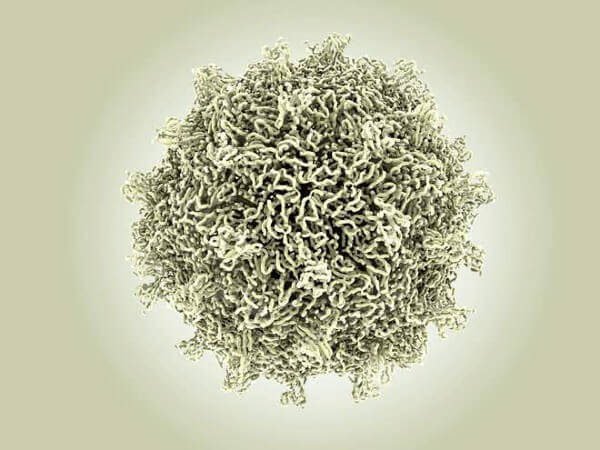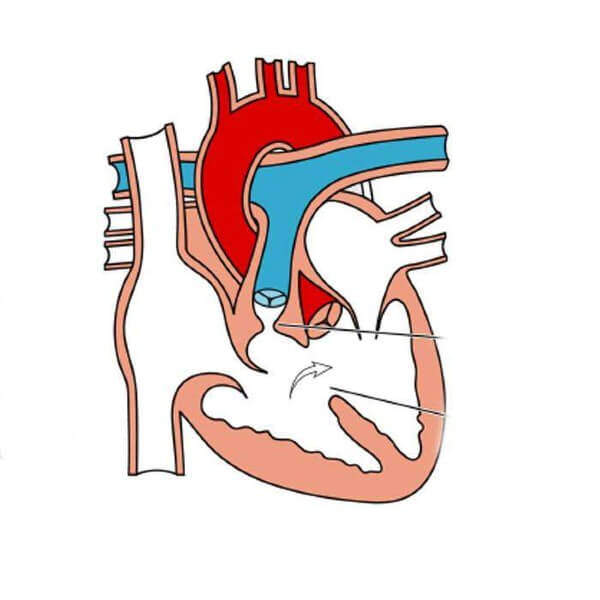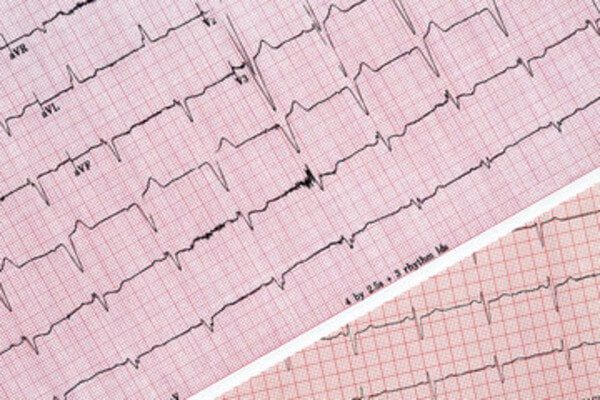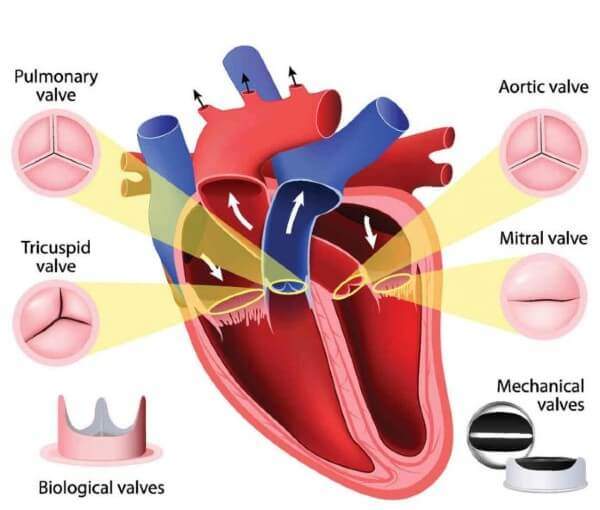Eisenmenger syndrome is a syndrome that occurs as a result of a congenital hole or defect between the two chambers of the heart and can have serious and fatal consequences. Blood circulation between the heart and lungs is abnormal. Clean blood from the left side of the heart passes to the right side, causing blood flow to the lungs. This causes blood to accumulate and pool in the lungs. Same...
Prof. Dr. Yavuz BeşoğulAll Articles
Cardiovascular Surgery Specialist
AllFrom the pressGeneral
Venöz Tromboz
Venöz Tromboz Nedir? Venöz tromboz, toplardamarların içinde pıhtı oluşması durumudur ve bu pıhtı kan akışını engelleyebilir. Genellikle bacaklarda meydana gelir ve derin ven trombozu (DVT) olarak adlandırılır. Bu durum, toplardamarların kanı kalbe taşımasını zorlaştırır ve pıhtının akciğerlere giderek ciddi bir durum olan pulmoner emboliye neden olma riski vardır. Bu rahatsızlık, hareketsiz bir yaşam tarzı, uzun...
VSD Ameliyatı
VSD Ameliyatı Nedir? VSD ameliyatı, iki karıncık arasındaki delikleri kapatmak için yapılır. Kalbin sağ ve sol karıncıkları arasındaki duvarda bulunan bu delik, kanın içinde yanlış yönde akmasına yol açabilir. VSD, doğuştan gelen bir kalp rahatsızlığıdır ve tedavi edilmediğinde kalbin daha fazla çalışmasına, solunum sorunlarına ve kalp yetmezliğine neden olabilir. Ameliyatın amacı, kanın yanlış yönde akmasını önlemek...
Kılcal Damar Tedavisi
Kılcal Damar Tedavisi Nedir? Kılcal damar tedavisi, cilt yüzeyine yakın olan ince kılcal damarların görünümünü azaltmak veya tamamen ortadan kaldırmak için yapılan bir işlemdir. Bu damarlar, özellikle yüz, bacaklar ve burunda belirginleşir ve çoğu kişi için estetik bir rahatsızlık oluşturabilir. Bu damarların belirginleşmesi genellikle yaşlanma, genetik değişiklikler, hormonal değişiklikler, güneşe maruz kalma ve çeşitli yaşam...
Aortic coarctation refers to the narrowing of the aorta, the largest artery in the body. This stenosis can be seen in the parts where the aorta carries blood to the upper and lower parts of the body. These narrowings in the aortic vessel, which consists of 4 parts, are generally seen in the anterior part of the descending part of the oart vessel and in the last part of the arch. Aortic coarctation can cause high blood pressure in the heart. However, the left side of your heart...
Why Are Babies Born With Heart Disease? The main reason why babies are born with heart disease is the problems experienced during heart development in the womb. Genetic reasons and environmental factors can negatively affect the heart development of the unborn baby. The first 8 weeks of pregnancy are an important period in the formation of the cardiovascular structure. The most common congenital heart diseases; interatrial or...
What is a Heart Attack? Heart attack, also called myocardial infarction, occurs when the heart muscle cannot receive enough oxygen due to sudden blockage or clot formation in the heart vessels. When the heart cannot get the oxygen it needs to pump blood to the body, it stops working. What are the symptoms of a heart attack? Heart attack can occur without any symptoms in some patients. As a silent heart attack...
Pericardium is the pericardium consisting of inner and outer layers that surround the outer surface of the heart. Pericarditis is defined as inflammation or infection of the heart lining. Various viruses and bacteria attach to the pericardium and negatively affect the functioning of the heart. With inflammation, fluid accumulation may occur between the layers of the vascular membrane. If this amount of fluid is excessive, it may compress the heart and cause an emergency.
Myocardium is another name for the heart muscle. Myocarditis is defined as inflammation or infection of this muscle in the heart. Viruses and bacteria in our body can infect the heart muscle and the middle wall of the heart and multiply there, causing the heart to malfunction. When left untreated, myocarditis can cause serious damage to the heart muscle and lead to heart failure because not enough blood can be pumped to the body....
Endocarditis means inflammation or microbial infection of the inner surface of the heart and heart valves. Bacteria that enter the blood for various reasons can invade the inner surface of the heart and multiply there. However, these infections can also affect the heart valves. Additionally, these infections can be carried to different parts of the body through the bloodstream. Especially congenital heart disease or heart valve disease...
Tetralogy of Fallot, also known as blue baby disease, is a congenital heart disease in which different heart diseases occur together. These diseases seen in the heart; Heart hole between the right and left ventricles, stenosis in the pulmonary artery that carries dirty blood or at the outlet of this vessel, thickening of the wall of the right ventricle, and the main aortic artery not being where it should be, and this...
The heart is an organ that works regularly and systematically. In this working system, there are electrical cells that enable the heart muscle to contract and blood to be pumped throughout the body. Due to the disruption of this electrical order in the heart, the two upper atria begin to beat abnormally. In this way, the atria of the heart beating very fast and irregularly is called atrial fibrillation (AF). Atrial...
Tricuspid Valve Diseases and Treatment Tricuspid valve is the valve located between the right atrium and right ventricle in the heart, ensuring the healthy passage of blood from the atrium to the ventricle and preventing it from escaping from the auricle back to the atrium. Tricuspid valve diseases can be classified as stenosis, insufficiency, atresia and Ebstein anomaly in this valve. In tricuspid valve stenosis; There is not enough blood flow from the right atrium to the right ventricle....



